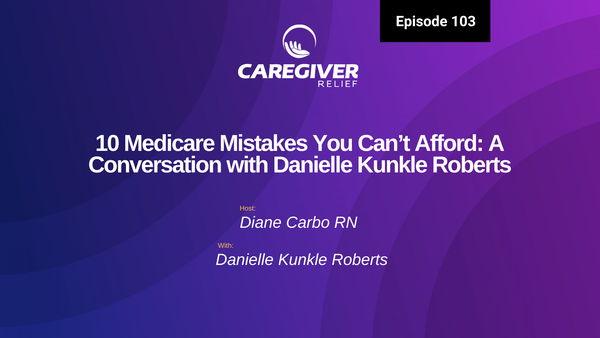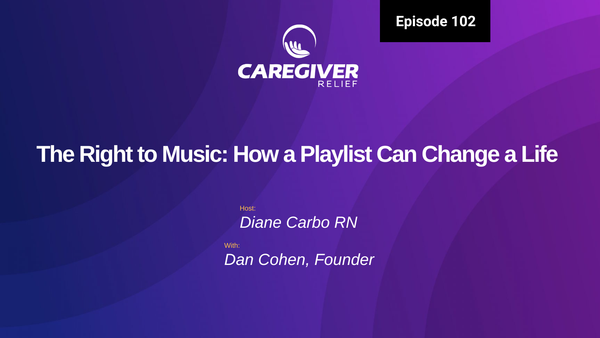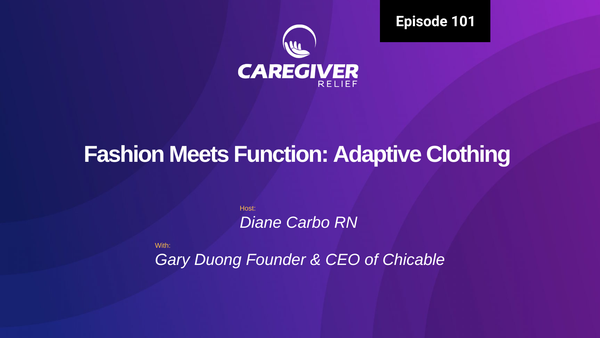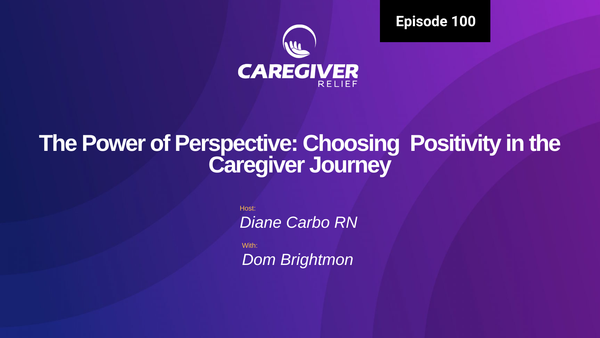What is Medicare Part C?

Medicare Part C, also known as Medicare Advantage, is a type of health insurance that can provide seniors with affordable coverage. It is typically used to supplement Medicare Part A and B in order to provide comprehensive health care coverage. With Medicare Part C, seniors are able to receive the same healthcare benefits as those provided by Original Medicare, with some additional coverage options such as vision, dental, and prescription drugs. Medicare Part C also offers seniors more choices in terms of network providers and plans, making it an attractive option for those seeking the most coverage at the best price.
For seniors looking for quality healthcare coverage at an affordable rate, Medicare Part C could be the perfect solution. With a wide range of plan options, seniors have the ability to tailor their coverage to their own unique needs and budget. Of course, understanding what Medicare Part C covers and how it works is essential in making the right decision. This guide aims to provide readers with a comprehensive overview of the various aspects of Medicare Part C, including the types of coverage, costs associated with the plan, enrollment facts, pros and cons, and resources for more information.
What is Medicare Part C?
Medicare Part C, also known as Medicare Advantage, is a program offered by the federal government that provides seniors with access to additional health care coverage. It is an alternative to Original Medicare, or Medicare Part A and Part B.
Medicare Part C provides coverage for hospital stays, doctor visits, preventive care, prescription drugs, and other medical services that are not covered under Medicare Part A or Part B. Depending on the plan, Medicare Part C may also cover vision care, hearing aids, and dental care.
To be eligible for Medicare Part C, a person must be 65 or older, or have a qualifying disability. They must also have Medicare Part A and/or Part B, and they must live in the service area of the plan they choose.
Costs Associated with Medicare Part C
Medicare Part C is an important health insurance option for many individuals in the United States. Before considering enrolling in a Part C plan, there are some important costs associated with the coverage that should be considered. These costs include out-of-pocket deductibles, premiums, and copayments.
Out-of-pocket deductibles are one of the primary costs associated with Part C. This is a set amount that must be paid each year before the insurance plan begins to pay its share of covered medical services. This deductible is typically several hundred dollars or more depending on the plan.
Premiums are another cost associated with Part C. This is a monthly fee that must be paid for the coverage to remain in effect. Premiums can range from around $100 a month to several hundred dollars depending on the plan.
Copayments are the third major cost to consider when enrolling in a Part C plan. These are set amounts that you'll have to pay for certain services when they are received. Examples include doctors visits, hospital stays, and prescription medications. The amount of the copayment will depend on the service being provided.
It's important to understand the costs associated with any health insurance plan before deciding to enroll. All of these costs must be taken into account to determine if the plan is right for your budget.
Different Levels of Coverage for Medicare Part C
Medicare Part C, also known as Medicare Advantage, is a healthcare plan offered by private insurance companies. It is an alternative to Original Medicare (Parts A and B). Medicare Part C plans provide the same coverage as Original Medicare plus additional benefits such as preventive care, vision, hearing, and health and wellness programs.
The amount of coverage you get with Medicare Part C will depend on the private insurance company and the plan type you choose. Most plans offer basic, core, and supplemental coverages. Basic coverages include Part A (hospital insurance) and Part B (medical insurance). Core coverages are optional benefits that may be offered by some providers, such as prescription drug coverage. Supplemental coverages provide extra protection from expensive hospital stays and other services not covered by Medicare.
Some Common types of Medicare Part C coverage include:
- Medicare Health Maintenance Organizations (HMOs)
- Medicare Preferred Provider Organizations (PPOs)
- Medicare Private Fee-for-Service Plans (PFFS)
- Medicare Special Needs Plans (SNPs)
- Medicare Medical Savings Account (MSA) Plans
Each type of plan has its own unique features, such as different deductibles, copayments, coinsurance and out-of-pocket maximums.
It’s important to thoroughly review your options when choosing a Medicare Part C plan. Make sure to compare the different levels of coverage and costs associated with each plan to find the one that best fits your needs.
Enrolling in Medicare Part C
Medicare Part C, also known as Medicare Advantage, is an alternative to Original Medicare. It includes many of the same benefits as Medicare Part A and Part B, such as hospitalization and medical expenses. It often includes extras like prescription drug coverage, vision and hearing care, health and wellness memberships, etc.
You must be enrolled in both Medicare Part A and Part B to be eligible for Medicare Part C. To enroll, you can either visit your local Social Security office or call 1-800-MEDICARE. You can also submit an application online.
The enrollment period for Medicare Part C begins three months prior to your 65th birthday and ends three months after. If you miss this window, you may be subject to a late enrollment penalty. There are, however, certain circumstances that may be exempt from this penalty.
It is important to note that the health plan you enroll in will determine the costs associated with your coverage. Depending on the plan, you may pay an additional premium on top of your Part B premium. You may also be responsible for other out-of-pocket costs such as deductibles, coinsurance, copayments, etc.
Pros and Cons of Medicare Part C
Medicare Part C is a supplemental health insurance plan offered by the Centers for Medicare & Medicaid Services (CMS). It helps cover costs not covered by Medicare Parts A and B, which are medical expenses and hospital stays. There are both pros and cons to Medicare Part C.
Pros
- Gives individuals greater access to private insurance plans and doctors
- Provides more flexibility in terms of coverage compared to other plans
- Covers preventive services such as immunizations, cancer screenings, and annual checkups
- Lets individuals choose their own doctors and hospitals
- Gives individuals the option to enroll in Medicare Advantage plans that offer additional benefits such as vision and dental care
Cons
- Enrollees may have to pay out-of-pocket costs for premiums, deductibles, copays, and coinsurance
- Doctors and hospitals that take Medicare Part C may not accept all forms of payment
- There may be restrictions on travel or services received in other states
- Some healthcare providers may not accept Medicare Part C plans
- Medicare Part C plans may require the use of network providers
It is important to weigh the pros and cons of Medicare Part C before deciding if it is the right option for you. Consider your needs, budget, and expected usage to determine if a Medicare Part C plan is the best fit.
Advantages of Private Plans
Supplementing Medicare Part C with a private plan can be beneficial for seniors as it provides a greater level of coverage and often more flexibility. With Medicare Part C, you can choose from various plan options that can cover additional expenses such as prescription drugs and vision and hearing services.
Private plans typically provide more personalized coverage and services than Medicare Part C, including preventative care and specialized services. In addition, private plans also offer rewards for healthy lifestyle choices like fitness and nutrition programs.
Another advantage of adding a private plan to your Medicare Part C coverage is the convenience of dealing with one insurance carrier instead of multiple ones. This can make managing and paying for healthcare costs much easier. Having one provider also means that any phone calls or inquiries will all go through a single source.
The most important benefit is the extra protection that private plans can provide. They can offer additional coverage for medications, vision, dental, and other services that Medicare Part C does not cover. This can help save a lot of money in the long run by avoiding costly out-of-pocket deductibles.
Resources for More Information
If you would like to research further into Medicare Part C, there are several resources available. Whether you need more information on how to enroll, what benefits and coverage options are available or helpful tips on managing your finances, you can find the answers you’re looking for here.
- Medicare: This is the official government website for Medicare. It offers readers up-to-date information and programs related to Medicare Part C, such as eligibility requirements, cost details and application processes.
- American Association of Retired Persons (AARP): AARP offers a comprehensive guide to Medicare Part C. This guide contains valuable information for those making the transition from employer-provided health insurance to Medicare.
- Centers for Medicare & Medicaid Services (CMS): CMS provides a wealth of data on Medicare Part C, including an overview of coverage, factsheets, policies, and updates.
- State and Local Organizations: Many states and local organizations offer services and resources related to Medicare Part C. These could include assistance in enrollment, legal guidance, and financial counseling.
These resources provide a great starting point for readers who want to learn more about Medicare Part C. With the help of these sources, you will have the knowledge you need to make informed decisions when it comes time to enroll.
In this guide, we have discussed the Medicare Part C program and all the associated costs, options, and rules. We have broken down the definitions of Part C coverage, as well as the pros and cons of enrolling in a Part C plan. We also highlighted the advantages of supplementing Medicare coverage with private plans. Additionally, we provided resources for readers who are interested in researching further.
Part C is Medicare's health insurance program for many senior citizens and disabled individuals. The program provides a range of coverage from basic to more comprehensive plans. Costs associated with the program include premiums, deductibles, and copayments.
There are several ways to enroll in Medicare Part C and important deadlines and penalties to keep in mind. Furthermore, it is important to consider the pros and cons of enrolling in a Part C plan that best fits your coverage needs. Lastly, private plans can be used to supplement Medicare Part C coverage giving you additional benefits.
Finally, we provided a list of helpful resources so that readers can further research the topic. Questions about Part C can be answered via the frequently asked questions section of the guide.
We hope this resource was helpful and gave valuable information about Medicare Part C.
Medicare Part C is an important healthcare option for individuals who may not be able to afford traditional health insurance. This guide has explored the different aspects of Part C coverage, from definitions and expenses to enrollment procedures and pros and cons. It is important to understand that private plans can often supplement Part C coverage, expanding the benefits available.
Having a clear understanding of Medicare Part C can help individuals make an informed decision when it comes to their healthcare. There are many resources available to those looking for more information, including FAQs and government websites.
We hope this guide has provided an overview of what Medicare Part C is and the benefits it provides. With this knowledge, individuals can better manage their healthcare demands, while ensuring they have access to the necessary care they need.
Frequently Asked Questions about Medicare Part C
Medicare Part C is an important part of the healthcare system in the United States, so it is only natural that people would have many questions about it. Here are some of the most frequently asked questions about Medicare Part C.
- Is Medicare Part C the same as Medicare Advantage?
Yes, Medicare Part C is also known as Medicare Advantage. It is a private health insurance plan offered by the government to help people pay for their medical costs. - What does Medicare Part C cover?
Medicare Part C covers hospital stays, doctor visits, prescription medications, durable medical equipment, and certain types of home health care. It may also offer extra benefits such as vision and dental care. - Who is eligible for Medicare Part C?
If you are 65 years of age or older, you qualify for Medicare Part C. You may also qualify if you are under 65 and have a qualifying disability or end-stage renal disease. - How much does Medicare Part C cost?
The costs for Medicare Part C will depend on your individual plan. You will likely have to pay premiums, deductibles, and copayments. These costs can vary depending on your plan and your location. - How do I enroll in Medicare Part C?
You can enroll in Medicare Part C through the Social Security Administration, a private insurer, or directly with Medicare. The enrollment period typically begins 3 months before your 65th birthday and ends 3 months after.





